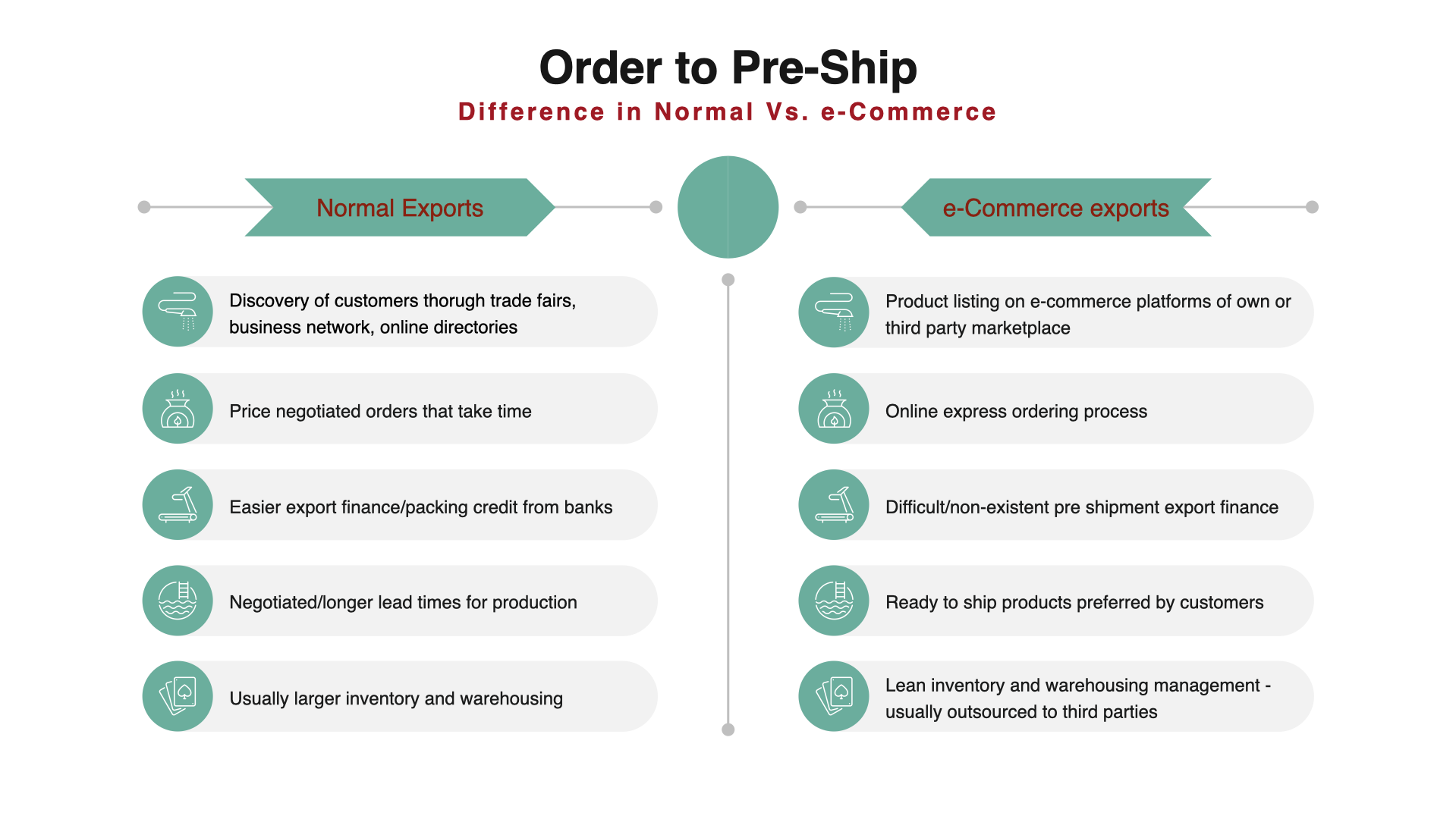Thoughts about Reciprocal tariffs - Part 1
How should one think about President Trump’s reciprocal tariff? India too, like many other countries, is at the receiving end . While Trump’s approach may sound like a new, hard-edged tactic, history tells a different—and surprisingly nuanced—story. This is not the first time that US is talking about a reciprocal tariff measure. I will discuss some instances where US has done it before - from 1890s onwards to Uruguay round times - and provide my thoughts about ways to think about reciprocal measures being discussed. Below table summarizes the instances when USA decided to impose reciprocal tariffs on others. I am ignoring all those tariff meaures where reciprocal arrangements were not included, e.g. measures imposed solely for revenue generation or domestic protection without any negotiated concessions. Thus, the Fordney–McCumber Tariff of 1922 and the painful Smoot–Hawley Tariff of 1930 that were imposed unilaterally to protect domestic industr...


